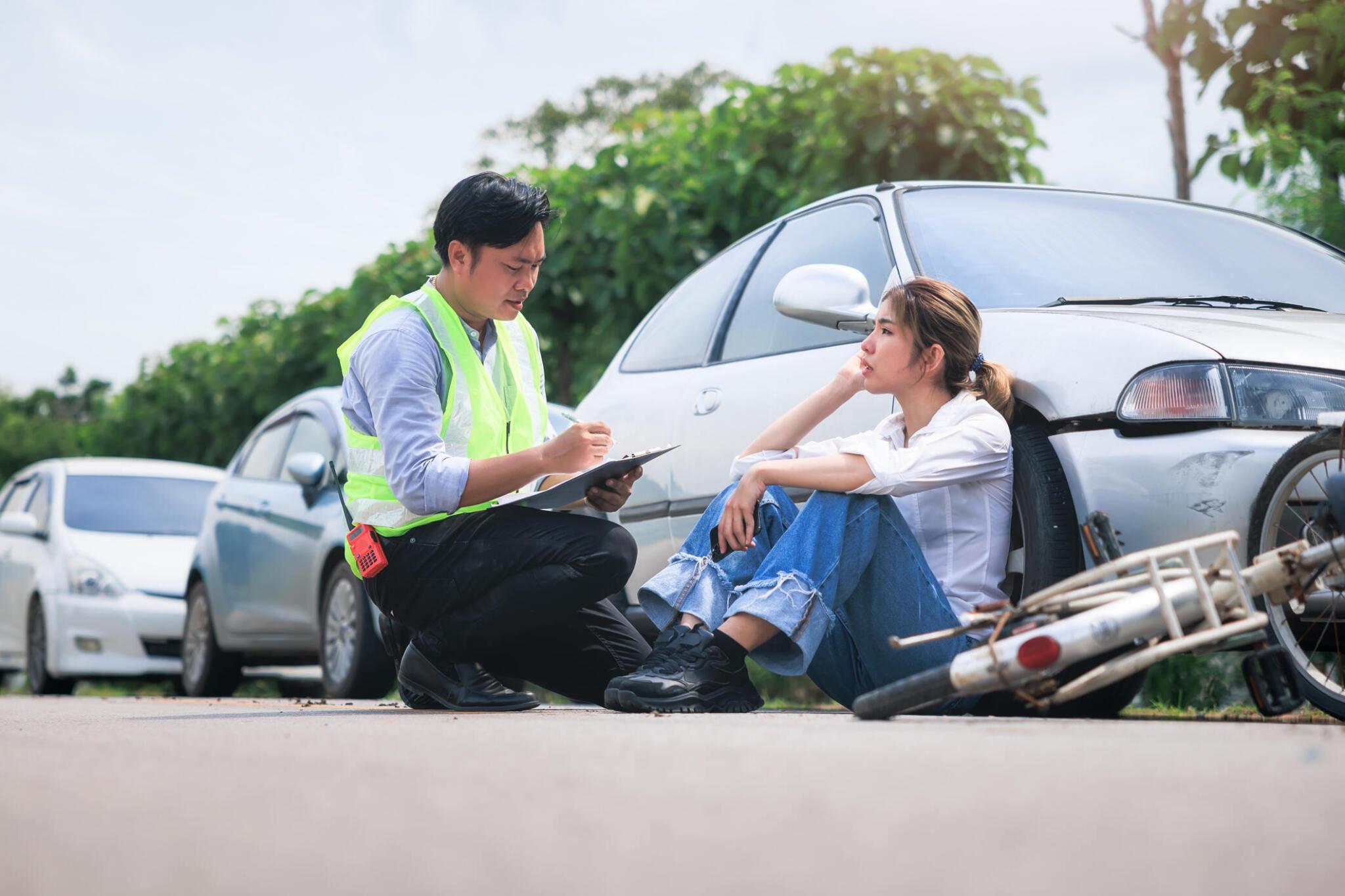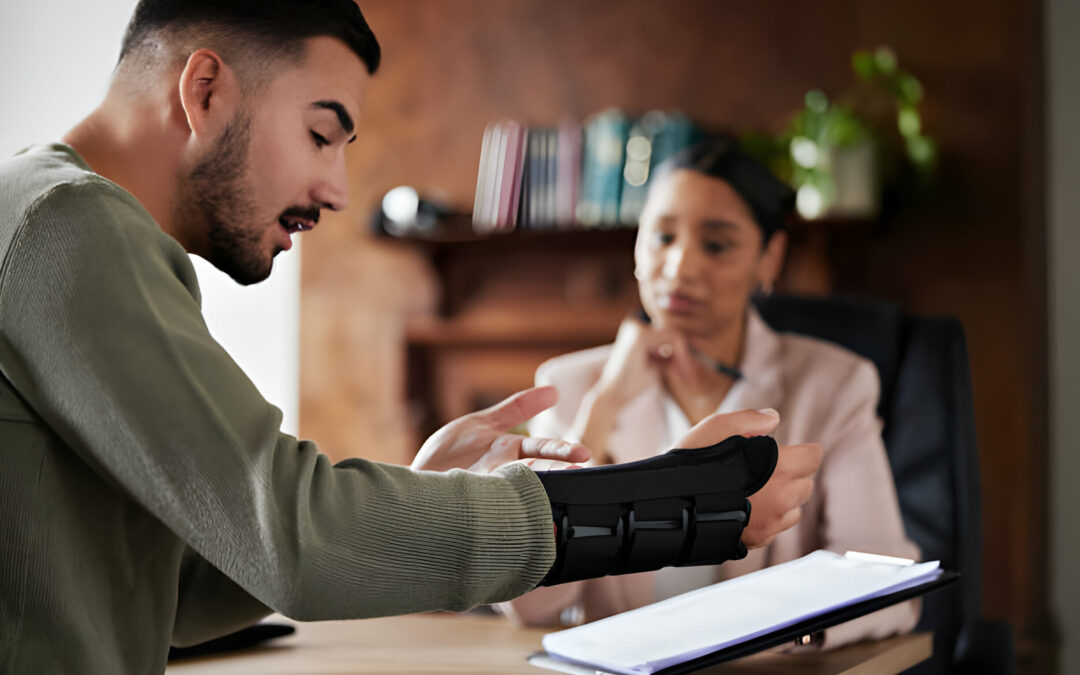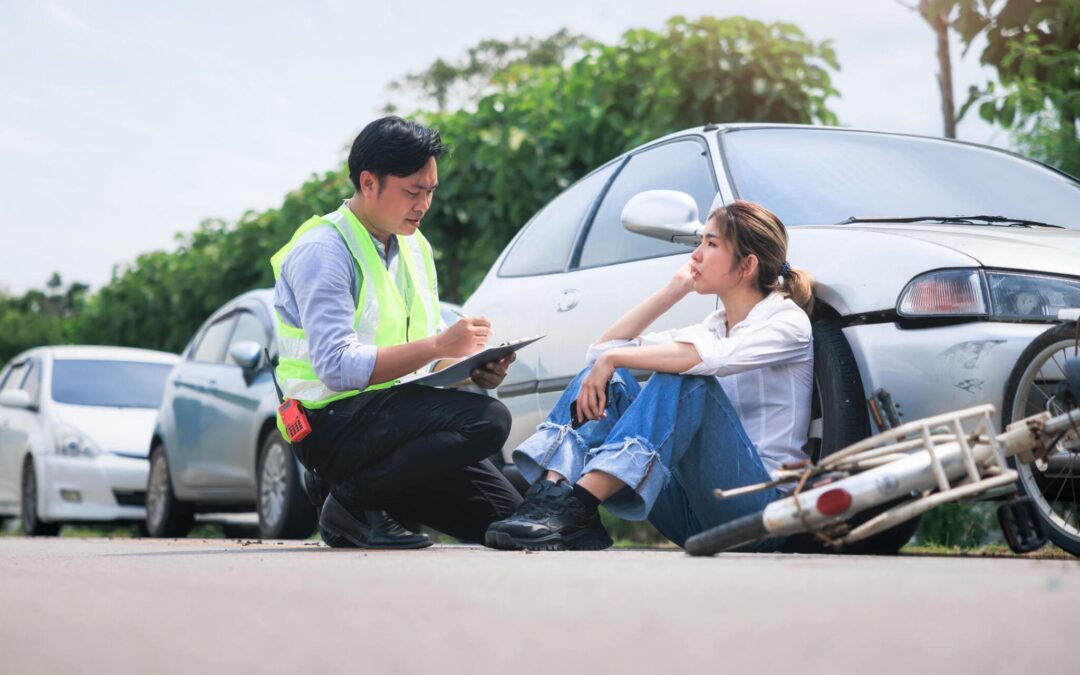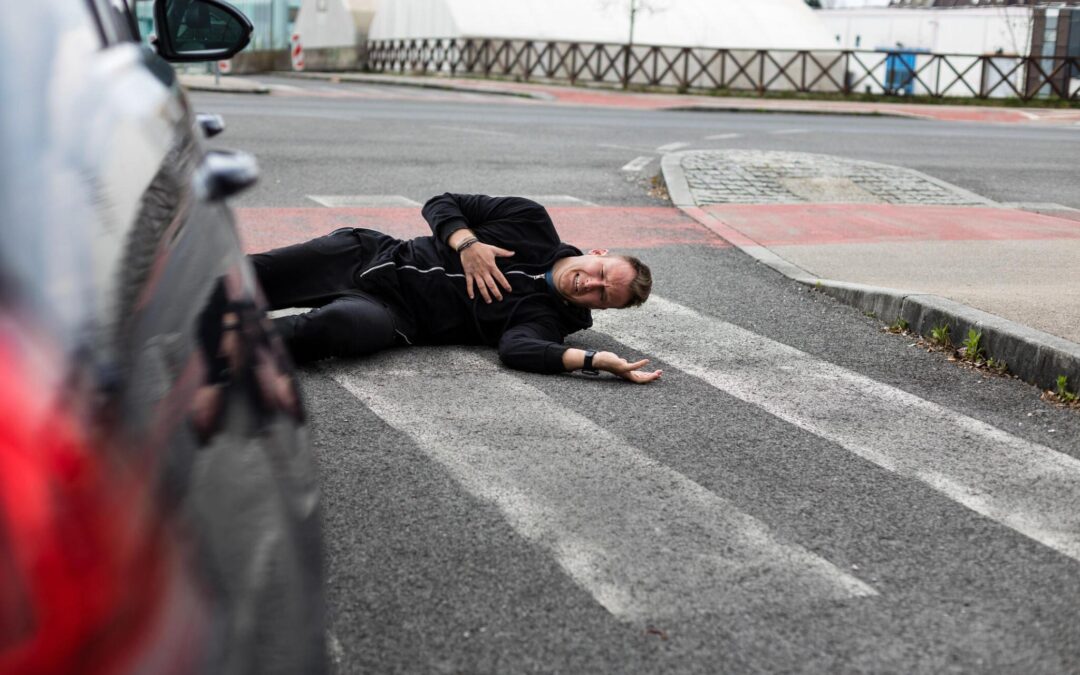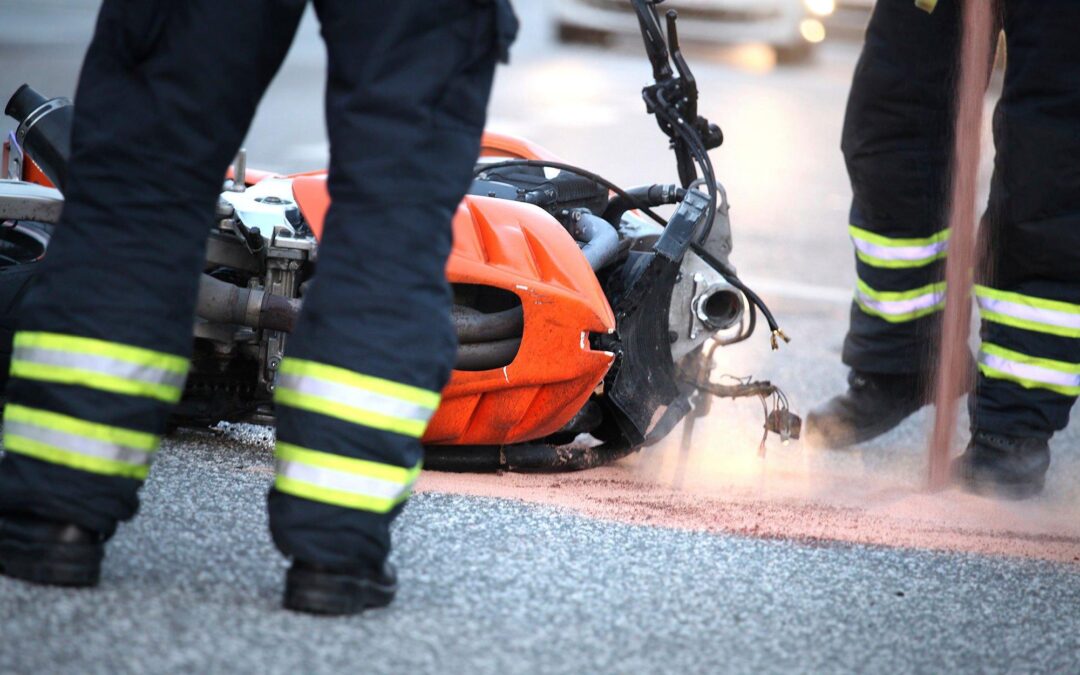Hit-and-run incidents are unfortunately prevalent in the United States, resulting in severe injuries and fatalities each year. According to the National Highway Traffic Safety Administration (NHTSA), there were a staggering 2,049 fatalities in a recent year linked to hit-and-run crashes. The aftermath of such incidents leaves victims grappling with the consequences of an accident, compounded by the fact that the at-fault driver often manages to escape the scene. This blog explores the legal repercussions of hit-and-run accidents and delves into the crucial question: What evidence is needed to convict a hit-and-run offender?
What’s the Punishment for a Hit and Run Accident?
When it comes to hit-and-run incidents, the penalties vary based on state laws and the accident’s severity. The repercussions for a hit-and-run driver can range from fines and imprisonment to the suspension of their driver’s license. The severity of the incident may even elevate the charges to a felony, depending on the circumstances. It is essential for individuals to be aware of the potential consequences they might face if they flee the scene of an accident, emphasizing the importance of accountability on the roads.
What Evidence is Needed for a Successful Hit and Run Conviction?
If you find yourself a victim of a hit-and-run accident, swift action is crucial. Report the incident to the police immediately, and if there are witnesses, encourage them to stay at the scene to provide statements to law enforcement. Identifying the driver who fled the scene becomes a priority for the police, and gathering the right evidence is essential for a successful conviction. Here are the key types of evidence required to establish a hit-and-run incident:
- Eyewitness Statements: Accounts from individuals who witnessed the accident can be pivotal in reconstructing the events leading up to the hit-and-run.
- Videos and Images: Surveillance footage or images from the accident scene can serve as compelling evidence, capturing the incident as it occurred.
- Expert Witnesses: Professionals with expertise in accident reconstruction or forensic analysis may provide testimony to strengthen the case.
- Skidmarks: Tire marks at the accident scene can offer insights into the speed and direction of the vehicles involved.
- Police Report: The official report filed by law enforcement officers after investigating the scene is crucial in building a case.
- First Responder Testimony: Statements from paramedics, firefighters, or other first responders can contribute to a comprehensive understanding of the accident’s aftermath.
- Medical Bills and Records: Documentation of the victim’s injuries, medical treatment, and associated expenses supports the claim for damages.
- Statement from the Employer: If applicable, a statement from the victim’s employer confirming lost wages due to the accident adds a financial dimension to the case.
- Journal of the Victim’s Recovery Journey: A personal account of the victim’s recovery can humanize the case and demonstrate the long-term impact of the hit-and-run.
In addition to these types of evidence, law enforcement may employ additional investigative measures, such as administering a breathalyzer test if they suspect the driver is under the influence of alcohol or drugs.
How Can I Help My Case?
If you find yourself a victim of a hit-and-run accident, seeking legal guidance is crucial. At Pacin Levine, P.A. in the Greater Coral Gables Area, our dedicated legal team is committed to evaluating your case, providing expert guidance, and fighting for your rights. Contact us at (305) 760-9085 or 1-800-24-7-CRASH (2727) to schedule a free consultation and navigate the legal aspects of your hit-and-run claim.
Our experienced attorneys can assist you in gathering the necessary evidence, filing a comprehensive report, and pursuing justice for the damages you’ve suffered. Remember, being proactive and enlisting professional help can significantly impact the success of your case.


